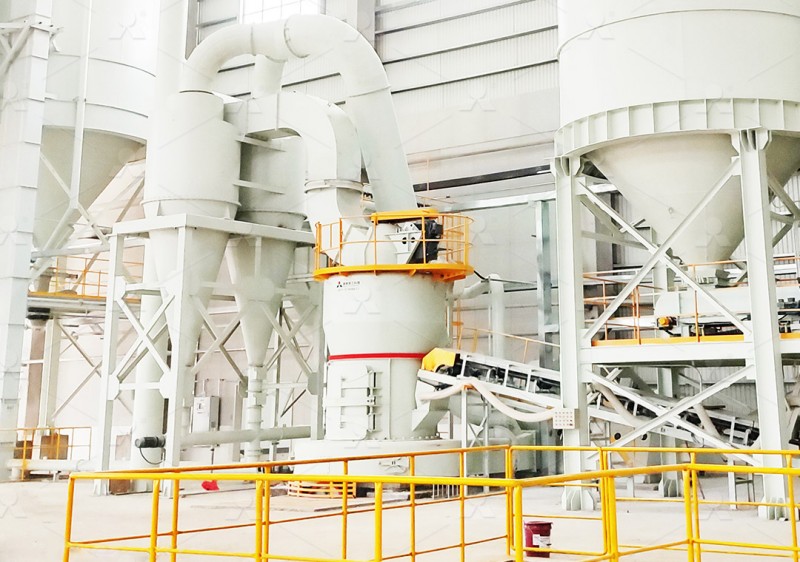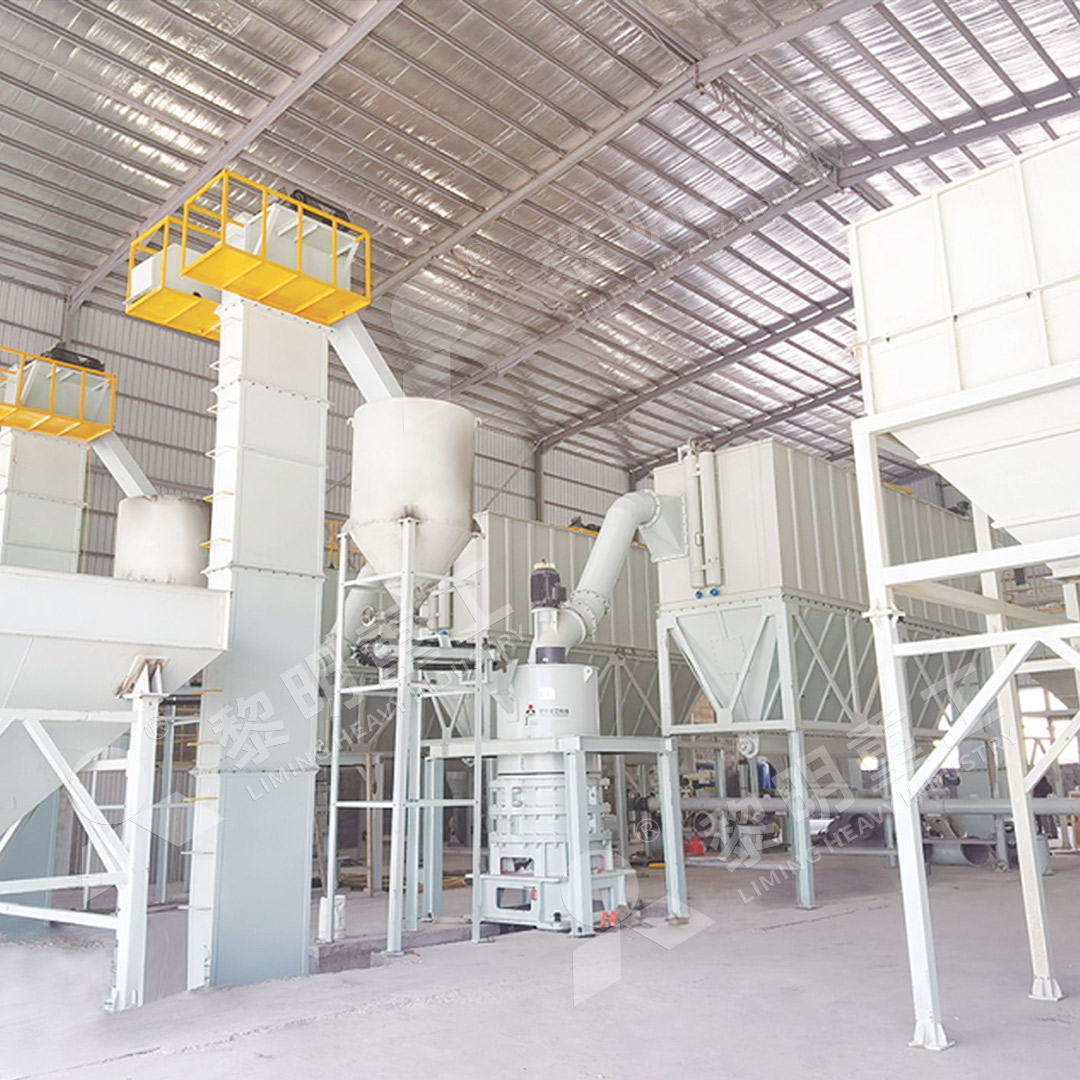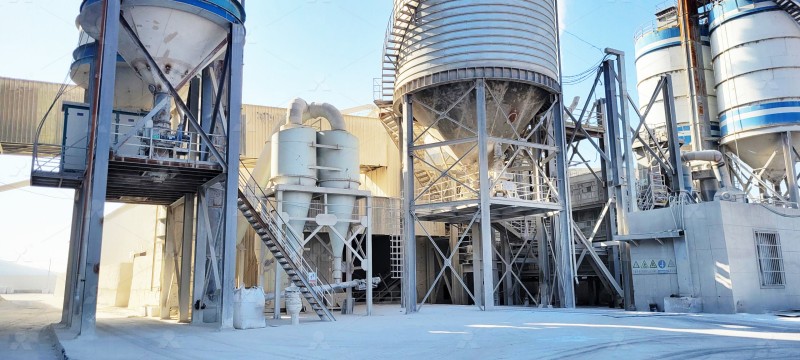Raymond Mill for Coal Powder: Efficient Grinding Solutions
Raymond Mill for Coal Powder: Efficient Grinding Solutions
In today’s industrial landscape, efficient coal powder production is crucial for power generation, cement manufacturing, and various industrial processes. The selection of appropriate grinding equipment directly impacts operational costs, product quality, and environmental compliance. Among the available solutions, Raymond Mill technology continues to prove its worth in coal processing applications.

The Importance of Proper Coal Grinding
Coal powder preparation requires careful consideration of multiple factors including particle size distribution, moisture content, and grinding efficiency. Traditional grinding methods often fall short in meeting modern industrial demands for consistency and energy efficiency. The right milling equipment must deliver precise particle size control while minimizing energy consumption and environmental impact.
For operations requiring throughput between 0.6-5 tons per hour with feed sizes under 25mm, the Raymond Mill presents an optimal solution. Its straightforward design, coupled with decades of refinement, makes it particularly suitable for coal grinding applications where reliability and ease of maintenance are paramount.
Advanced Solutions for Demanding Applications
While Raymond Mill serves well for standard coal grinding requirements, operations demanding higher throughput or finer powders should consider more advanced solutions. The MW Ultrafine Grinding Mill represents a significant technological advancement, capable of processing materials up to 20mm at capacities ranging from 0.5 to 25 tons per hour.
What sets the MW Ultrafine Grinding Mill apart is its ability to produce powders between 325-2500 meshes while consuming only 30% of the energy compared to jet grinding mills. The innovative cage-type powder selector, incorporating German technology, ensures precise particle separation and consistent product quality. Furthermore, the absence of rolling bearings and screws in the grinding chamber eliminates common failure points, significantly enhancing operational reliability.

Environmental Considerations in Coal Processing
Modern grinding solutions must address environmental concerns beyond mere efficiency. The integrated pulse dust collector in the MW Ultrafine Grinding Mill effectively contains particulate matter during operation, while the muffler system reduces noise pollution. This comprehensive approach ensures compliance with stringent environmental standards without compromising performance.
For operations requiring vertical grinding solutions, the LUM Ultrafine Vertical Grinding Mill offers another compelling option. With input sizes up to 10mm and capacity ranging from 5-18 tph, this mill incorporates the latest grinding roller technology from Taiwan and German powder separating technology. The reversible structure simplifies maintenance, while double position-limiting technology ensures operational stability even under challenging conditions.
Selecting the Right Equipment
The choice between different grinding technologies depends on specific operational requirements. Factors to consider include:
- Required production capacity
- Desired particle size distribution
- Available space and installation constraints
- Energy efficiency targets
- Maintenance capabilities and downtime tolerance
Both the MW Ultrafine Grinding Mill and LUM Ultrafine Vertical Grinding Mill offer distinct advantages for different scenarios. The MW series excels in ultra-fine powder production with exceptional energy efficiency, while the LUM vertical configuration provides space-saving benefits and easier maintenance access.

Frequently Asked Questions
What is the typical energy consumption of Raymond Mill for coal grinding?
Raymond Mill systems typically offer 30-40% energy savings compared to traditional ball mills, with specific consumption varying based on coal hardness and required fineness.
How does the MW Ultrafine Grinding Mill achieve such fine particle sizes?
The MW mill utilizes a sophisticated cage-type powder selector with German technology, allowing precise control over particle separation with fineness adjustable between 325-2500 meshes.
What maintenance advantages does the LUM Ultrafine Vertical Grinding Mill offer?
The LUM mill features a reversible structure that allows grinding rollers to be easily moved out of the body for inspection and maintenance, significantly reducing downtime for wear part replacement.
How do these mills handle environmental regulations?
Both MW and LUM mills incorporate efficient pulse dust collectors and noise reduction technologies, ensuring compliance with international environmental standards for dust emissions and noise pollution.
What is the typical lifespan of grinding components in coal applications?
With proper maintenance and using wear-resistant alloys, grinding rollers and rings typically last 1.7-2.5 times longer than traditional high manganese steel components, even in abrasive coal grinding applications.
